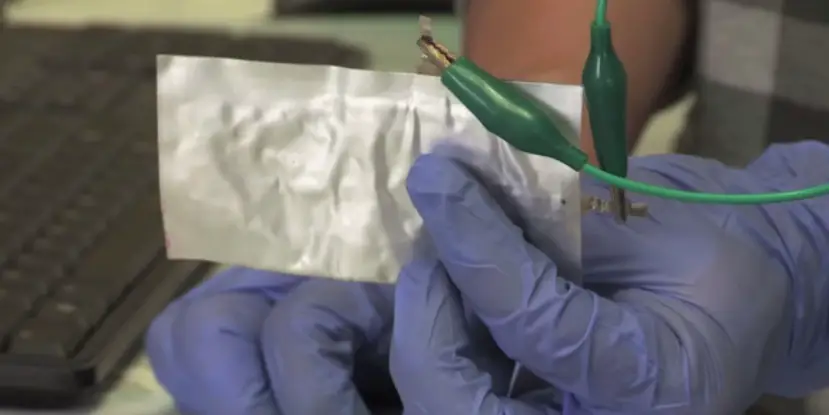We all seem to be permanently attached to our cell phones these days, the kind of use that will drain even the most robust battery. Battery technology seemed to be somewhat stagnant for awhile, but recently we’ve seen a huge uptick in research looking for new and improved ways to power our mobile lives. From previously unused materials making a difference in battery charging time to strengthening materials to allow for thinner, lighter batteries it seems that we’re close to some major breakthroughs in battery tech. Researchers at Stanford University believe that they’ve found the next best thing: aluminum batteries that are safe, flexible, and can charge in about a minute.
Sound too good to be true? Well, there are still a few drawbacks, but we’ll get back to those later. The battery itself consists of a pouch containing an aluminum anode and graphite cathode filled with an electrolyte solution comprised of salt that is liquid at room temperature. So far those are all relatively common, inexpensive materials – which are both very big positives.
Next, those materials are all very safe. You’ve probably all seen the videos of people puncturing or otherwise damaging lithium-ion batteries with dangerous results. No such issue with the aluminum batteries. In fact, the researchers drilled a hole in the battery while it was powering an LED, and the LED stayed on for a short time even with a hole in the battery. Another very positive outcome.
The battery is stored in a flexible pouch, which can be bent, twisted, curved, or folded without impacting the battery’s function. The researchers envision these batteries powering curved or flexible devices in the future.
Oh, and the fast charging I mentioned earlier? Yup, full recharge in 60 seconds. On top of that, the researchers have run their battery through 7,500 cycles without any loss of capacity, and you’re starting to see why this could really be an incredible step in battery technology.
The only real bad news at the moment is the power output. While you can see in the video above that this battery has no issue lighting an LED, it doesn’t quite have enough oomph to power a cell phone on its own just yet. It’s promising to see that two of these batteries in tandem are able to power a cell phone, but this battery on its own isn’t quite ready for primetime. With that said, all of the other positive qualities mean we should hopefully hear more about aluminum batteries in the future.
[button link=”http://news.stanford.edu/news/2015/march/aluminum-ion-battery-033115.html” icon=”fa-external-link” side=”left” target=”blank” color=”285b5e” textcolor=”ffffff”]Source: Stanford University[/button]Last Updated on November 27, 2018.










